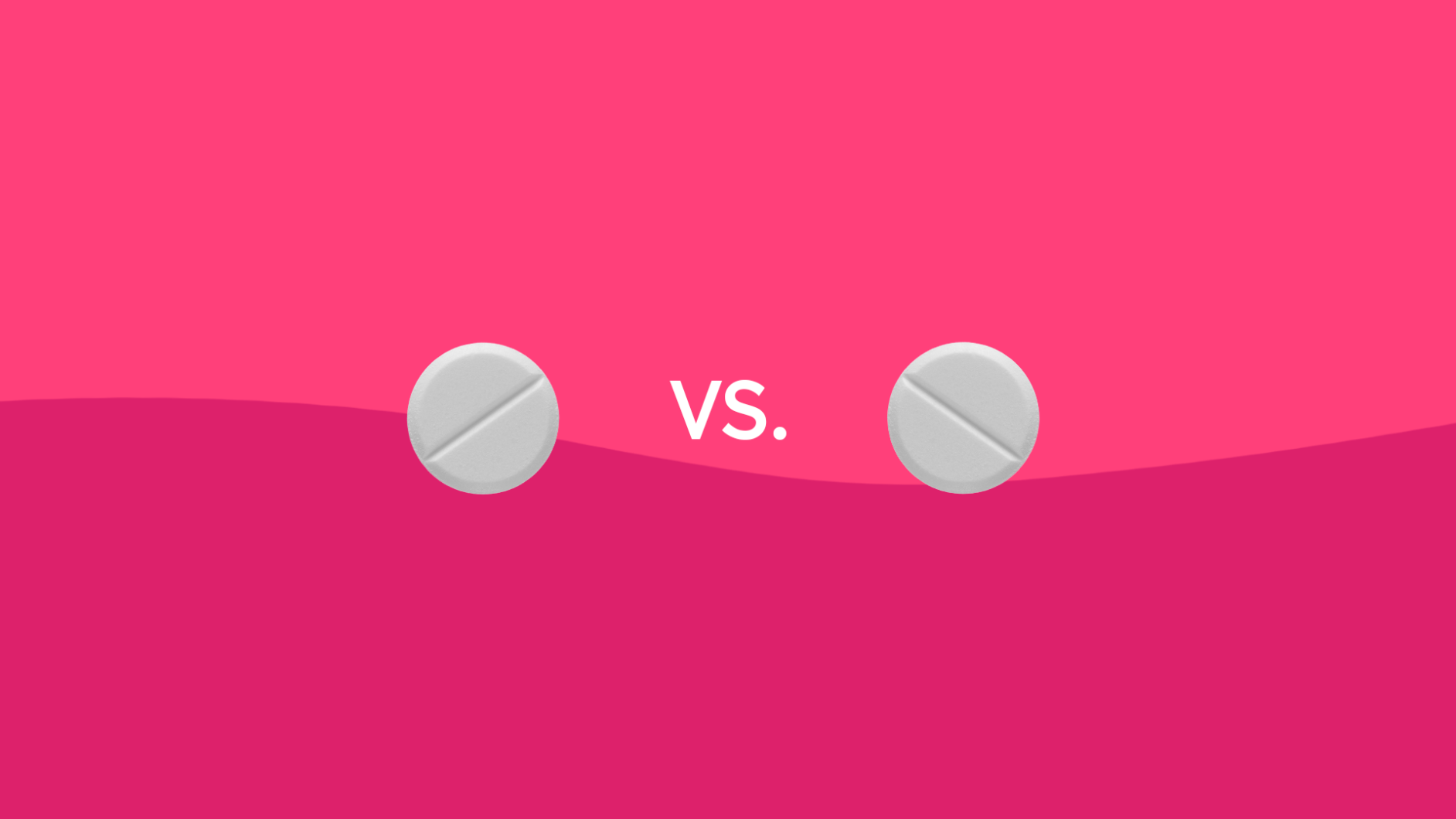Opioid addiction has been one of the most concerning issues to hit the medical world in recent years and it can affect loved ones all over. It is estimated that close to two million individuals in the United States alone are addicted to some kind of prescription medication and opiate addiction is atop the most common drug use in the nation. Fortunately, there are two drugs that are commonly used in the setting of addiction treatment, which are Suboxone and Methadone.
Suboxone and Methadone are prescription opioids that are used to combat opioid, heroin, Oxycontin, and synthetic opioid (fentanyl) addiction. Opioids create euphoric effects in the brain which means there is potential for addiction with these drugs. While these drugs have some similarities for use, there are some differences between the two. Listed below is a comparison between Suboxone and Methadone, including the potential alternative uses as well as the side effects.
What’s the Difference Between Suboxone and Methadone?
Two common medications that have been vital to the treatment centers for addiction are Suboxone and Methadone. While both they have similarities, there are vast differences you ought to be aware of.
Suboxone
Suboxone is a unique medication in that its primary purpose is to combat drug dependence. This brand name drug contains a combination of two medications, buprenorphine and naloxone. The first ingredient, buprenorphine (Subutex), is a mild opiate that is generally used in the treatment of pain. The second ingredient, naloxone, is an opiate antagonist, which blocks opioid agonists, and is generally the drug treatment of choice in drug overdose situations. When these two are combined together, they can help individuals addicted to prescription drugs and heroin to stop abuse in a safe manner.
The chemical and generic of Suboxone are the primary ingredients; buprenorphine and naloxone. While a generic formulation has not yet been FDA approved, there are generic versions that are currently available. These versions include the primary drugs involved in making the brand name and can commonly be found in buccal and sublingual forms.
Suboxone is a mixed-class drug. Buprenorphine belongs to the drug class opioid partial opioid agonists, whereas naloxone is within the class of opioid antagonists, which helps to reverse the effects of narcotic opioids. This drug is a class three drug (CIII) and requires a physician prescription for purchase and use. The manufacturer of the brand Suboxone is Indivior and it is available in sublingual tablets as well as a sublingual film or strip. Typical doses include two milligrams of buprenorphine and 0.5 milligrams of naloxone.
The side effects of Suboxone treatment include chills, coughing, lightheadedness, fevers, facial flushing, lower back pain, sweating, agitation, diarrhea, fast heartbeat, nausea, and fast weight gain. This drug works to block opioid receptors in the brain to prevent addiction, but the use of Suboxone can also lead to dependence of this drug. Signs of addiction include blurry vision, confusion, labored breathing, drowsiness, irregular breathing, blue lips or fingertips, and generalized weakness.
Methadone
The next drug that is commonly used in narcotic addiction is Methadone treatment. Once considered to be the premier pain killing medication from World War II, this drug evolved from helping individuals solve chronic pain. In modern days, Methadone is most commonly prescribed for treating narcotic addiction.
The chemical or generic name for Methadone is Methadone. It belongs to the therapeutic class of opiate analgesics and it is a schedule II narcotic. There are various forms of Methadone including tablet, IV, IM, or subcutaneously. The most common method of this medication is tablet form and standard doses include five and ten milligrams. There currently are multiple manufacturers of Methadone including Ely Lilly and Company in addition to Roxane Laboratories as the primary companies.
There are common side effects with Methadone abuse. These side effects include black stools, bleeding of the gums, blurry vision, chest pain, coughing, dizziness, fatigue, hives, muscle pain and cramps, seizure, edema, and a slow heart rate. Methadone clinics for treating addiction can create dependence and it is unsafe to blindly stop taking this medication without the assistance of a physician, as it can create unsafe withdrawal symptoms.
Suboxone vs Methadone Side by Side Comparison
The main differences and similarities between Suboxone and Methadone are as follows:
| Suboxone | Methadone |
|---|---|
| Prescribed For | |
|
|
| Common Side Effects | |
|
|
| Is there a generic? | |
| Is it covered by insurance? | |
|
|
| Dosage Forms | |
|
|
| Average Cash Price | |
|
|
| SingleCare Price | |
| Drug Interactions | |
|
|
| Can I use while planning pregnancy, pregnant, or breastfeeding? | |
|
|
Summary
One of the biggest crises to hit mental health issues is substance abuse, particularly opioid addiction. In light of increased use of prescription painkillers as well as heroin, addiction rates have climbed in recent years. Fortunately, addiction treatment involves the use of medications and the two most commonly prescribed drugs to combat drug abuse are Suboxone and Methadone.
The take home message is that finding treatment programs in America has been a major issue over the years. Recently, there has been a push for American addiction centers for dependence issues and opioid treatment programs. Similar to alcohol rehab, these programs are designed to prevent the use of narcotic opioid drugs and stop any abuse potential. Methadone maintenance therapy is a medication-assisted treatment program that is designed for long-term use as a substitution for prior opioid use.
Suboxone and Methadone are addictive drugs and the use of these medications for combating opioid dependence should be under the care of your doctor. While the information above is designed to give you basic information regarding these two drugs, it is important to discuss all of your healthcare options and needs with your doctor prior to any treatment options.





